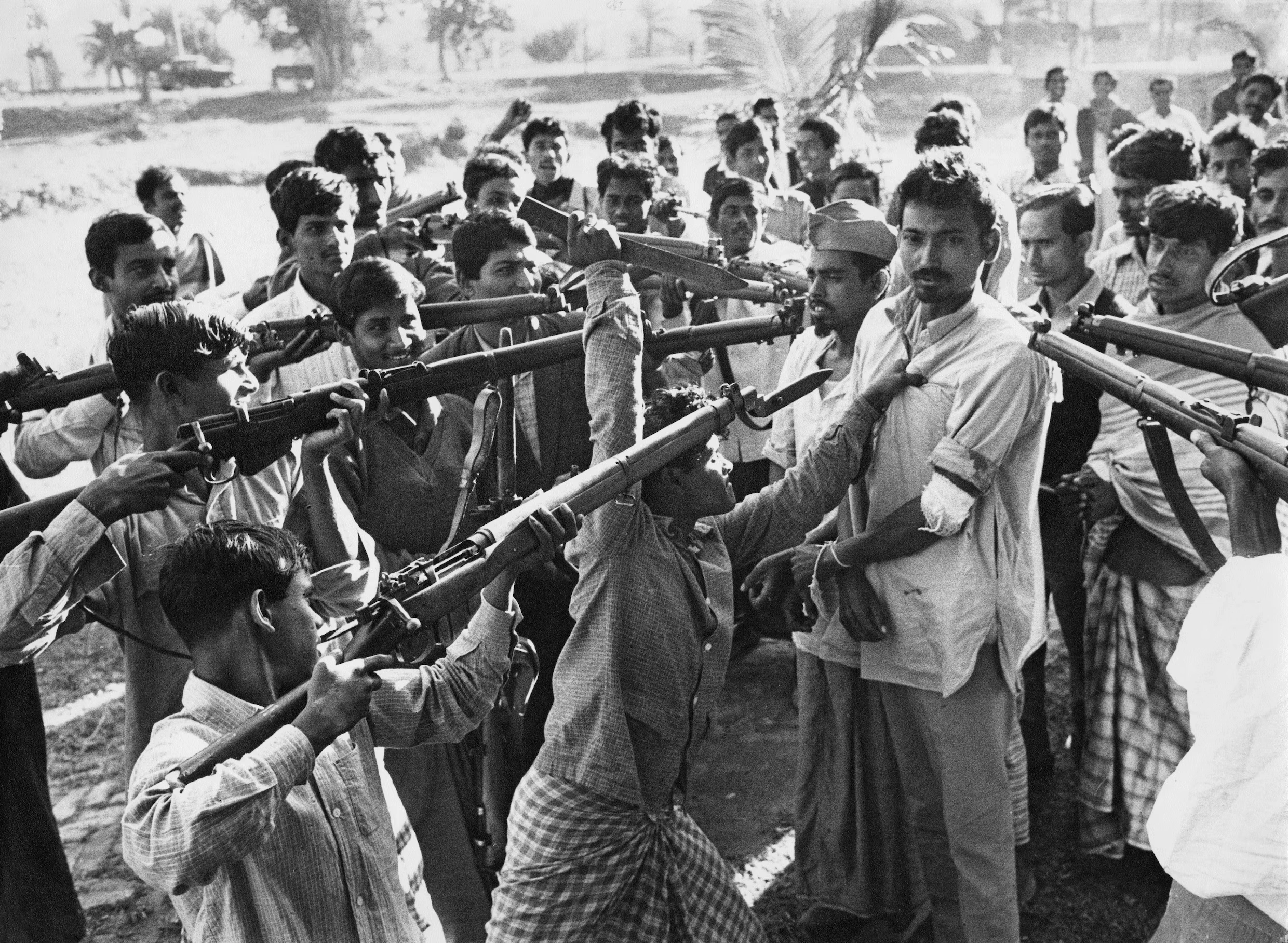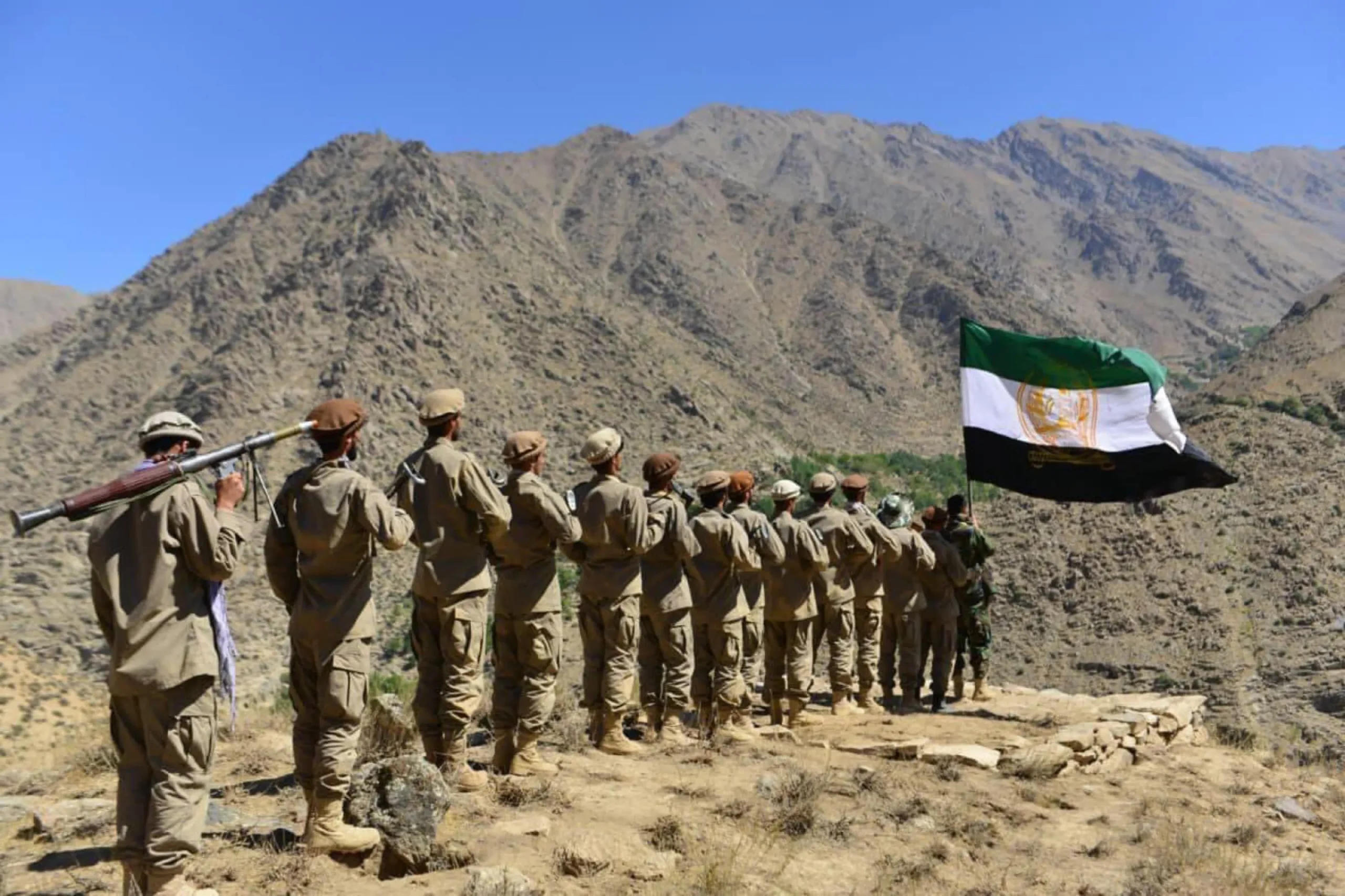On February 12, 2025, the United States Embassy in Islamabad issued a stark travel advisory, warning of potential terrorist threats from Tehreek-e-Taliban Pakistan (TTP) against the iconic Faisal Mosque. This alert wasn’t just another routine security update—it was a grim reminder of how the terror landscape in South Asia has evolved post-2021. The warning came just two days after Pakistan’s Permanent Representative to the United Nations, Munir Akram, addressed the Security Council, highlighting a surge in terrorism emanating from Afghanistan. He underscored a bitter irony: the very terrorist networks destabilizing Pakistan today are thriving on America’s abandoned arsenal in Afghanistan.
Meanwhile, newly re-elected U.S. President Donald Trump has reignited a debate that Washington would rather forget. Calling the Biden administration’s withdrawal from Afghanistan leaving billions of dollars’ worth of military equipment “stupid”. Trump made these remarks during a press conference alongside Japanese Prime Minister Shigeru Ishiba, where he criticized the decision to leave the military equipment behind, calling it a “stupid” move that weakened American military strength. “We left some of it behind in Afghanistan stupidly. There was no reason for that,” Trump said. “As much as it was—billions and billions of dollars—but it was a strong part of making sure we had the strongest military by far.”
But is this the first time Trump has pointed out this catastrophe? Hardly. During his previous tenure, Trump warned against any hasty military withdrawal without a plan to secure U.S. assets. Now, his words echo with renewed urgency as reports of American weapons appearing in TTP and ISKP arsenals continue to pile up.
As the Taliban asserts control over the America’s abandoned arsenal, their spokesman Zabihullah Mujahid warned, “No one can take them from us, nor can they remove them. If anyone wants to take them, we will negotiate with them using the same weapons.” Meanwhile, U.S. Defense Secretary Pete Hegseth has signaled a tougher approach to reviewing America’s withdrawal, emphasizing the need for accountability. Hegseth, like Trump, argues that the chaotic U.S. withdrawal created a perception of American weakness that must be corrected.
Also See: Russia Warns UN: ISIS May Have Access to U.S. Weapons in Afghanistan
From Kabul to Karachi: How America’s Abandoned Arsenal Fuel South Asian Instability
The numbers are damning. Since 2021, terrorist attacks in Pakistan’s western regions have surged, with the TTP, ISKP, and Balochistan Liberation Army (BLA) exploiting the post-withdrawal vacuum. Just last month, Pakistani security forces recovered a cache of American-made arms from TTP militants. These weren’t old Soviet-era AK-47s but cutting-edge M4 carbines, advanced night-vision devices, sniper rifles, and even anti-tank missiles—equipment once meant for Afghan security forces, now repurposed for terror.
- According to the US Department of Defense, the U.S. left behind military assets worth over $7 billion.
- At least 600,000 small arms, 75,000 vehicles, and over 200 aircraft—including Black Hawk helicopters—were abandoned.
- Experts believe that nearly 50% of the abandoned weapons have found their way into terrorist networks operating in Afghanistan, Pakistan, and beyond.
The Biden administration’s chaotic exit didn’t just leave weapons; it left a terror arsenal fueling instability. A black market for U.S.-grade arms has emerged, with weapons making their way from Afghanistan into South Asia, the Middle East, and even Africa. What’s more, the Taliban’s refusal to comply with international demands—whether Pakistan’s call to rein in the TTP or America’s wishful thinking that weapons will be returned—highlights the group’s growing defiance.
Terrorism Mutates, But Does the World’s Response?
The global terrorism landscape has shifted. While Al-Qaeda’s core was decimated in Afghanistan, its affiliates now thrive across North Africa, the Sahel, and South Asia. Daesh (ISIS), though suppressed in Syria and Iraq, has metastasized into ISKP, which Afghanistan has now become a primary hub for, as per the latest UNSC reports.
- UN reports confirm that ISKP has successfully recruited foreign fighters from as far as Central Asia, China’s Xinjiang region, and even Europe.
- Pakistan has suffered a 60% rise in cross-border terrorist incidents from Afghanistan since 2021, with over 500% increase in suicide bombings, resulting in nearly 2,300 Pakistani deaths.
Yet, one glaring issue remains: while Washington expresses concern over Daesh, the threat posed by TTP—an outfit directly targeting Pakistan—is often overlooked in global discourse. Pakistan has repeatedly emphasized that terrorist groups like the TTP and Majeed Brigade operate from Afghan soil, and their activities are well-documented in UN reports. Yet, the international community remains hesitant to pressure Kabul into taking decisive action.
America’s Abandoned Arsenal: Trump’s Hard Truth vs. the Realistic Way Forward
Trump’s frustration is justified, but his solution—demanding the Taliban return U.S. weapons—is unrealistic at best and rhetorical at worst. The Taliban isn’t about to ship back Black Hawk helicopters, nor will it voluntarily disarm. Instead, the real leverage lies in performance-based diplomacy: conditioning aid, diplomatic recognition, and trade on internal stability, regional security, and concrete action against terrorist groups.
- Prior to Trump’s ban, the U.S. has been providing Afghanistan with humanitarian aid exceeding approximately $1.2 billion annually as per reports, yet little accountability existed on Taliban commitments.
- Afghanistan’s economic collapse has made the Taliban increasingly reliant on illicit revenue streams, including the arms trade and drug trafficking, now worth over $3 billion annually.
- Pakistan, which has suffered over thousand of casualties from terrorism in the past two decades, continues to bear the brunt of a resurgent TTP.
- In 2024, Pakistan endured a significant escalation in terrorist activities, resulting in substantial casualties among both civilians and security personnel. The Center for Research and Security Studies (CRSS) reported that the year was the deadliest for Pakistan’s security forces in a decade, with at least 685 fatalities and 444 terror attacks.
- The total number of fatalities, including both civilians and security personnel, reached 1,612, accounting for over 63% of the total recorded deaths for the year.
- This surge in violence has been largely attributed to the resurgence of the Tehreek-e-Taliban Pakistan (TTP), which has intensified its attacks across the country.
The U.S., rather than expecting a futile arms return, must work with regional allies to enforce stricter border security, intelligence-sharing, and counterterrorism cooperation. Ignoring the problem will only embolden non-state actors, deepen regional instability, and ultimately, come full circle to haunt the West.
As February 2025 unfolds, one thing is clear: Afghanistan is once again the epicenter of a brewing storm. The question is—will global powers finally wake up to the consequences of their own decisions, or will they let history repeat itself?
The views expressed in this article are the author’s own. They do not necessarily reflect the editorial policy of the South Asia Times.

![Taliban fighters in armored vehicles, armed with America’s abandoned arsenal in Afghanistan, take part in a military street parade in Herat, Afghanistan, on April 19. [Image via AFP via Getty Images].](https://southasiatimes.org/wp-content/uploads/2025/02/Afghanistan-US-weapons-GettyImages-1240084574.webp)





